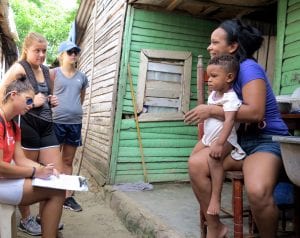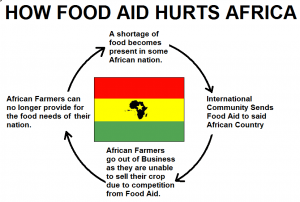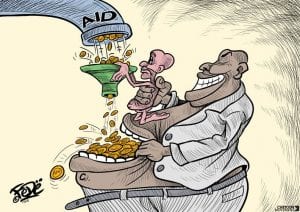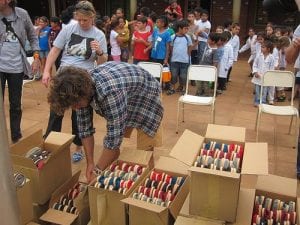This course was geared for entering first-year students in the College of Arts & Sciences. 20 students enrolled. The seminar was taught by Bruce Whitehouse of the Department of Sociology & Anthropology.
Assignments
- Participation (30% of course grade): This was measured through attendance and discussion in the classroom as well as online (through remarks and questions posted via Hypothes.is and Course Site).
- Unit essay (20% of course grade): Each student chose one of the course’s thematic units and wrote an essay discussing the most important readings assigned in that unit.
- Case study essay (20% of course grade): Working with one partner, students selected a book from a list of anthropological case studies (see “Other readings” below), read the book, and wrote an essay evaluating the author’s main arguments.
- Class presentation (10% of course grade): Each student paired from the case study essay gave a 10-minute presentation to the class about the book they read.
- Final project (20% of course grade): Students used WordPress to synthesize this blog compiling collective guidelines and recommendations for ways to address global poverty and other problems. Students themselves determined the format and structure of these guidelines, and allocated tasks for completing the project in a participatory manner.
Reading list
Assigned texts (read by the entire class)
- Acemoglu, Daron and James A. Robinson. 2012. Why Nations Fail: The Origins of Power, Prosperity, and Poverty, chapters 3 and 4. New York: Crown Business.
- Beckett, Greg. 2017. “A Dog’s Life: Suffering Humanitarianism in Port-au-Prince, Haiti.” American Anthropologist 119 (1): 35-45.
- Bornstein, David. 2007. How to Change the World, pp. 1-40. New York: Oxford University Press.
- Bornstein, Erica. 2009. “The Impulse of Philanthropy.” Cultural Anthropology 24 (4): 622-651.
- Cole, Teju. 2012. “The White-Savior Industrial Complex.” The Atlantic website, March 21.
- Dearden, Nick. 2017. “Africa is not poor, we are stealing its wealth.” Al Jazeera website, May 24.
- Hickel, Jason. 2017. “Aid in reverse: How poor countries develop rich countries.” The Guardian website, January 14.
- Holmes, Seth. 2013. “Segregation on the Farm.” In Fresh Fruit, Broken Bodies: Migrant Farmworkers in the United States, pp. 45-87. Berkeley, CA: University of California Press.
- Kristof, Nicholas and Sheryl WuDunn. 2014. A Path Appears: Transforming Lives, Creating Opportunity, pp. 33-45 and 118-140. New York: Alfred A. Knopf.
- Lasker, Judith N. 2016. Hoping to Help: The Promises and Pitfalls of Global Health Volunteering. Ithaca, NY: Cornell University Press.
- Mehta, Khanjan. 2015. Solving Problems that Matter (and Getting Paid For It): STEM Careers in Social Innovation and Global Sustainable Development, pp. 39-54 and 269-271. Self-published.
- Ojomo, Efoso. 2017. “Obsession with ending poverty is where development is going wrong.” The Guardian website, February 8.
- Oluka, Benon Herbert, Chief Bisong Etahoben, Francis Mbala, Eric Mwamba, Selay Kouassi, and Ken Opata. 2017. “How aid helps the rich get richer.” ZAM Magazine website, June 19.
- Polak, Paul. 2009. Out of Poverty: What Works When Traditional Approaches Fail. San Francisco: Berritt-Koehler Publishers.
- Redfield, Peter. 2013. “The Problem of Triage.” In Life in Crisis: The Ethical Journey of Doctors Without Borders, pp. 155-178. Berkeley, CA: University of California Press.
- Schroeder, Richard A. 1999. Shady Practices: Agroforestry and Gender Politics in The Gambia. Berkeley, CA: University of California Press.
- Sullivan, Noelle. 2017. “International clinical volunteering in Tanzania: A postcolonial analysis of a Global Health business.” Global Public Health website, July 3.
- Watters, Ethan. 2009. “The Wave that Brought PTSD to Sri Lanka.” In Crazy Like Us: The Globalization of the American Psyche, pp. 65-125. New York: Free Press.
Films and videos (viewed outside of class time)
- “The problem with the potential solution” with Khanjan Mehta. 13 minutes.
- “Social impact takes a planet” with Khanjan Mehta. 14 minutes.
- “First as Tragedy, Then as Farce” with Slavoj Zizek. 11 minutes.
- “The Water of Ayolé” directed by Sandra Nichols. 28 minutes.
- “Poverty, Inc.” directed by M. M. Miller. 94 minutes.
Other readings (selected by pairs of students for specific assignments):
- Kristen Cheney, Crying for Our Elders: African Orphanhood in the Age of HIV/AIDS
- Paul Farmer, Infections & Inequalities: The Modern Plagues
- Paul Farmer, To Repair the World: Paul Farmer Speaks to the Next Generation
- James Ferguson, Give a Man a Fish: Reflections on the New Politics of Distribution
- Nell Gabiam, The Politics of Suffering: Syria’s Palestinian Refugee Camps
- Seth Holmes, Fresh Fruit, Broken Bodies: Migrant Farmworkers in the United States
- Rivke Jaffe, Concrete Jungles: Urban Pollution & the Politics of Difference in the Caribbean
- Peter Redfield, Life in Crisis: The Ethical Journey of Doctors Without Borders
- Claire Wendland, A Heart for the Work: Journeys Through an African Medical School




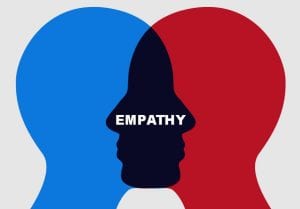



 me to learn how to greet one another in the host’s’ culture in her book
me to learn how to greet one another in the host’s’ culture in her book 